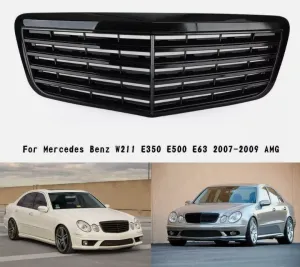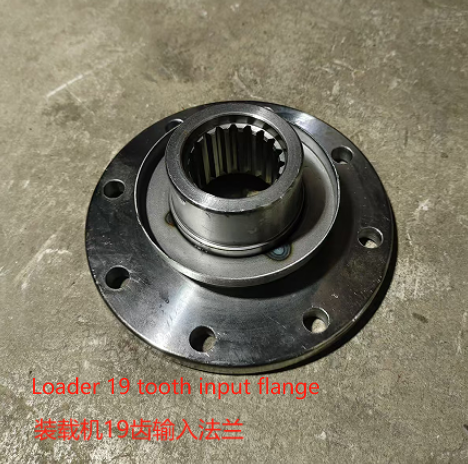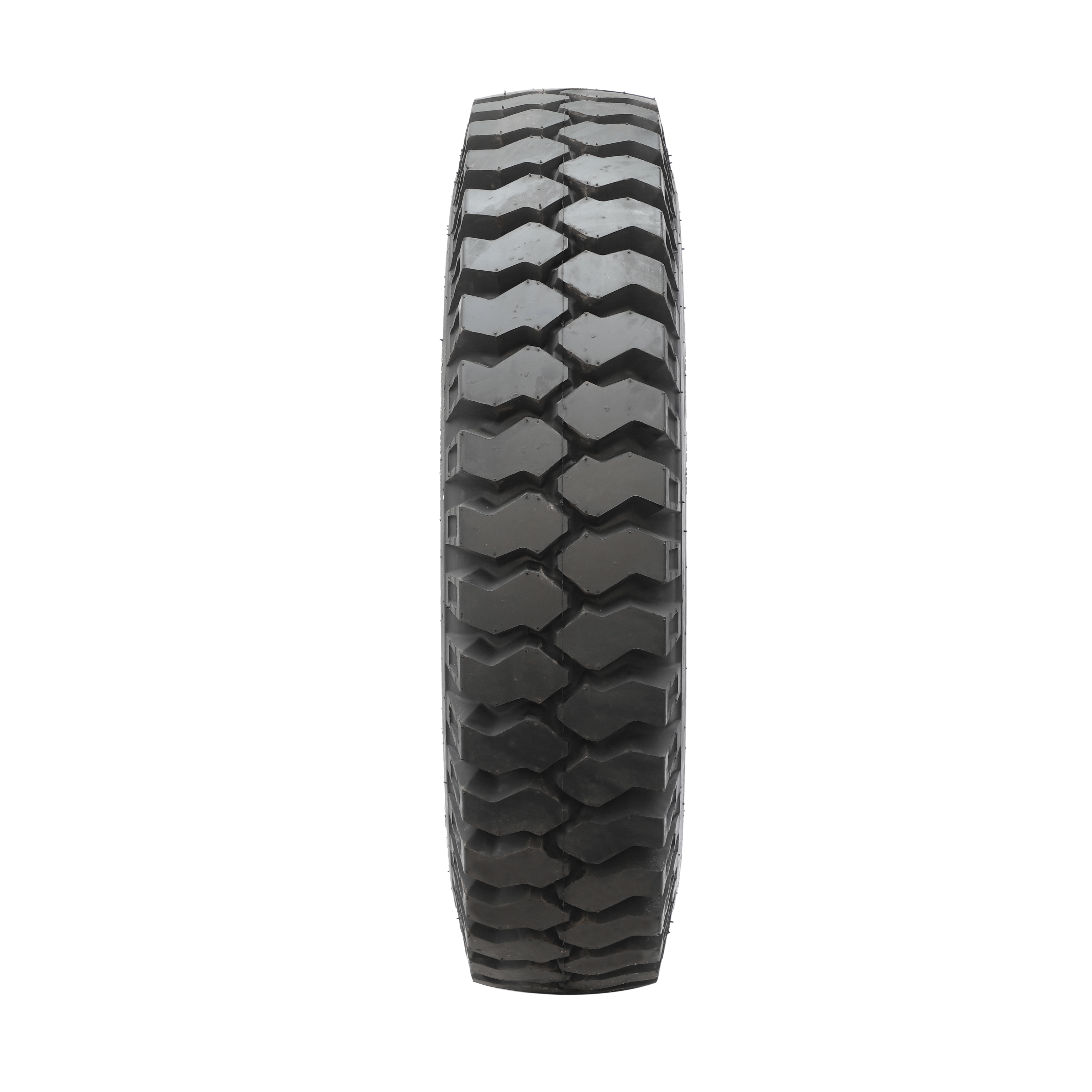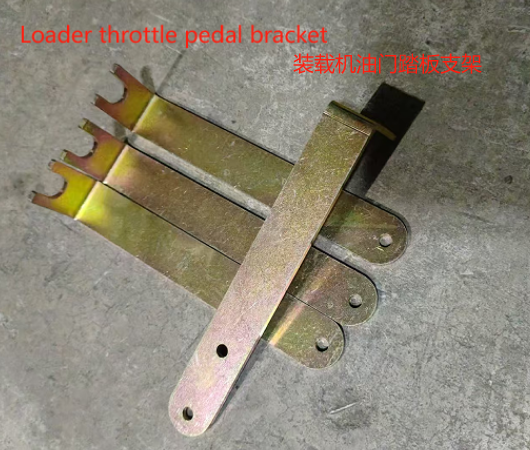-
 Front Bumper Grille Grill Fit Suitable for Mercedes Benz W211 E350 500 07-09 AMG Gloss
Front Bumper Grille Grill Fit Suitable for Mercedes Benz W211 E350 500 07-09 AMG Gloss -
 FAW TRUCKS New Tiger VH
FAW TRUCKS New Tiger VH -
 BEIBEN 2638AKZ 6X6 DUMP TRUCK RHD
BEIBEN 2638AKZ 6X6 DUMP TRUCK RHD -
 Lower straight arm - R Mercedes Benz S-Class (W221)
Lower straight arm - R Mercedes Benz S-Class (W221) -
 Loader 19 tooth input flange
Loader 19 tooth input flange -
 Bias Mining Truck tyre 9.00-20 10.00-20 11.00-20 12.00-20
Bias Mining Truck tyre 9.00-20 10.00-20 11.00-20 12.00-20 -
 Loader throttle pedal bracket
Loader throttle pedal bracket
Q
are kia’s good vehicles
The Industrial Revolution 4.0 Whisperer. Your daily dose of cyber-physical systems, IoT and cloud computing.
The reliability. affordability. and extensive warranty of Kia vehicles make them popular. Kia has improved its vehicles' quality. design. technology. and safety features in recent years. Before making a purchase. it is always a good idea to research a particular model. The specific model and year will also affect the quality of the vehicle.
You May Like
A coil pack is an auto component that plays a key role in igniting the fuel inside the engine's combustion chamber. It generates the high voltage necessary to spark the air-fuel mixture in the engine cylinders. Coil packs are typically used in modern vehicles replacing the traditional distributor and spark plug wires.
To check if an engine is seized involves a series of diagnostic steps aimed at assessing whether the engine's internal components are unable to move due to excessive friction, usually caused by a lack of oil, overheating, or mechanical failure. An engine seizure is a significant problem, indicating that the engine's pistons have become stuck against the cylinder walls, or other critical components have locked up, preventing the engine from turning over.
**Step 1: Visual Inspection**
Begin with a visual inspection of the engine. Check the engine oil level and quality; a very low or absent oil level can be a culprit. Look for any signs of external damage or unusual conditions that could suggest internal problems, such as oil leaks, which might have led to the engine running dry.
**Step 2: Try to Manually Turn the Engine**
A direct method to check if an engine is seized is trying to manually turn the engine. For most vehicles, this can be done by using a wrench or socket on the crankshaft pulley bolt. Turn the bolt clockwise; if the engine does not move, it's likely seized. Be sure to apply consistent but moderate force to avoid causing damage. If the vehicle has a manual transmission, another method is to put the vehicle in a high gear (e.g., third or fourth), release the handbrake, and attempt to push the vehicle forward or backward. Movement of the car with resistance suggests that the engine is not seized, while absolute resistance indicates a seizure.
**Step 3: Check the Starter Motor**
Sometimes, the issue might be with the starter motor and not with the engine itself. Listen for a click sound when you turn the key; a singular loud click usually points towards a seized engine, while repeated clicks are more indicative of a starter motor or battery issue.
**Step 4: Inspect for Internal Mechanical Failures**
Engines can seize due to internal mechanical failures, such as a broken timing belt causing piston and valve collisions. This would require a more in-depth inspection by removing certain engine components, like the cylinder head, to look for signs of such catastrophic failures.
**Recommendation:**
If you suspect that your engine is seized, it's crucial to consult with or hire a professional mechanic. Attempting to forcefully unseize an engine without proper knowledge could result in further damage. A professional can provide a comprehensive assessment, including whether repair or replacement is the most cost-effective solution.
In summary, checking if an engine is seized involves a mix of visual inspections, manual testing, and sometimes deeper mechanical investigation. This situation underscores the importance of regular engine maintenance and immediately addressing any signs of engine distress to avoid such severe outcomes.
Cleaning an engine block can be a challenging task. but following these steps carefully is crucial for a safe and effective cleaning process. First. gather the necessary materials: engine degreaser or cleaning solution. protective gloves and glasses. polishing brush in various sizes. a garden hose with a nozzle. and compressed air. Before starting. take precautions to prevent damage or accidents. Disconnect the battery connector and remove plastic covers while opening the radiator cap to avoid water entering the coolant system. To protect sensitive components. cover the generator. electrical components. sensors. exposed filters. and air intake with a plastic bag. Additionally. seal any open pipes or hoses with tape or plugs. Put on your gloves and goggles before applying the engine degreaser as directed by the manufacturer's instructions. Use multiple brushes of different sizes to thoroughly scrub the entire engine and move connectors and wires if needed to reach all areas. When flushing the engine with a garden hose nozzle. start from the top and work your way down to ensure complete removal of degreaser and dirt. Afterward. use compressed air to dry any remaining water from all nooks and crannies around the engine. Once everything is dry. reconnect the battery and replace any removed components before starting the engine for 10
You May Like
Q&A
- •how to drain engine oil from car
- •is the 1.4 ecotec a good engine
- •do i need an engine block heater for diesel
- •what causes an engine to surge
- •how does an engine block crack
Popular Information







